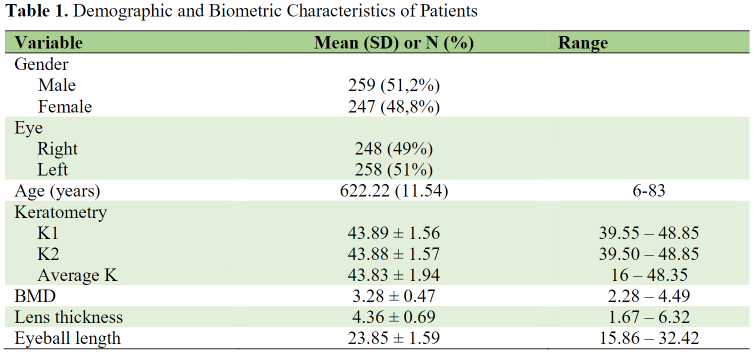Phacoemulsification in an unable-lying supine patient: why not? Poster Presentation - Case Report - Ophthalmologist
Abstract
Introduction : This case report describes the author's experiences in performing phacoemulsification on two patients with heart diseases causing them unable to lie flat during surgery.
Case Illustration : The first patient, 60 years old woman, with an age-related cataract in her left eye, who's had hypertensive heart disease. The second patient, 73 years old man, with an age-related cataract in his right eye, who's had congestive heart failure and chronic obstructive pulmonary disease. The above conditions have caused them unable to lie flat on the operating table. The surgeon performed both surgeries in a standing position while the patients were lying in a semi-upright position at an angle of 45 degrees (Fowler's position) with legs straight.
Discussion : The presence of systemic diseases has caused the patients to be unable to lie flat. This condition can be predicted during the pre-operative examination from the history of comorbid diseases by asking whether the patients can lie comfortably in a supine position. Several things that should be considered are the preparation of patients, beds, and surgeons' positions. Other things that must be properly arranged are the height of the irrigation bottle and the magnification and the position of the microscope. The surgeon's standing position during surgery requires higher concentration, apart from the possible fatigue due to relying heavily on one leg.
Conclusion : Cardiovascular, pulmonary, neurologic, and orthopedic conditions can affect positioning during the phacoemulsification phase. Those conditions can be quite a challenge for many surgeons in practice. Ophthalmologists must be prepared when they are confronted with such a case.
Full text article
References
(-)
Authors

This work is licensed under a Creative Commons Attribution-NonCommercial-ShareAlike 4.0 International License.


